Mesopotamian mythology is a subject that continues to captivate and mystify scholars and enthusiasts alike. From the epic tale of Gilgamesh to the intricate pantheon of gods and goddesses, this ancient belief system offers a glimpse into a world filled with enigmatic origins and rich cultural traditions. Exploring the stories of the gods of heaven and earth, the creation myths that shaped their universe, and the terrifying demons and monsters that were believed to roam the land, we delve into the depths of Mesopotamian mythology. Uncovering the stark contrasts between Sumerian and Akkadian mythologies and tracing the footsteps of its influence on other belief systems, this article paints a mesmerizing picture of a civilization deeply rooted in the realms of the supernatural. Join us on a journey through time as we unravel the mysteries of Mesopotamian mythology.
Contents
- The Epic of Gilgamesh
- Gods of Heaven
- Gods of Earth
- Creation Myths
- Demons and Monsters
- Sumerian vs. Akkadian Mythology
- Influence on Other Mythologies
- Conclusion
-
Frequently Asked Questions
- 1. What is the significance of the Epic of Gilgamesh?
- 2. Was Gilgamesh a real historical figure?
- 3. What are the major themes explored in the Epic of Gilgamesh?
- 4. Who is Enkidu, and what role does he play in the story?
- 5. How does the story of Gilgamesh compare to other ancient myths?
- 6. Are there any moral lessons or teachings in the Epic of Gilgamesh?
- 7. Were there multiple versions of the Epic of Gilgamesh?
- 8. How did the Epic of Gilgamesh influence later literature and mythology?
- 9. What archaeological discoveries have shed light on the Epic of Gilgamesh?
- 10. Is there a moral of the story in the Epic of Gilgamesh?
- References
-
Frequently Asked Questions
- 1. How old is Mesopotamian mythology?
- 2. What is the significance of the Epic of Gilgamesh?
- 3. Who were the main gods of heaven in Mesopotamian mythology?
- 4. What role did Enki play in Mesopotamian mythology?
- 5. Who was Ninhursag in Mesopotamian mythology?
- 6. Who was Marduk and why was he significant?
- 7. What were the creation myths in Mesopotamian mythology?
- 8. What kinds of demons and monsters were found in Mesopotamian mythology?
- 9. What is the difference between Sumerian and Akkadian mythology?
- 10. How did Mesopotamian mythology influence other mythologies?
- References
- Read More
The Epic of Gilgamesh
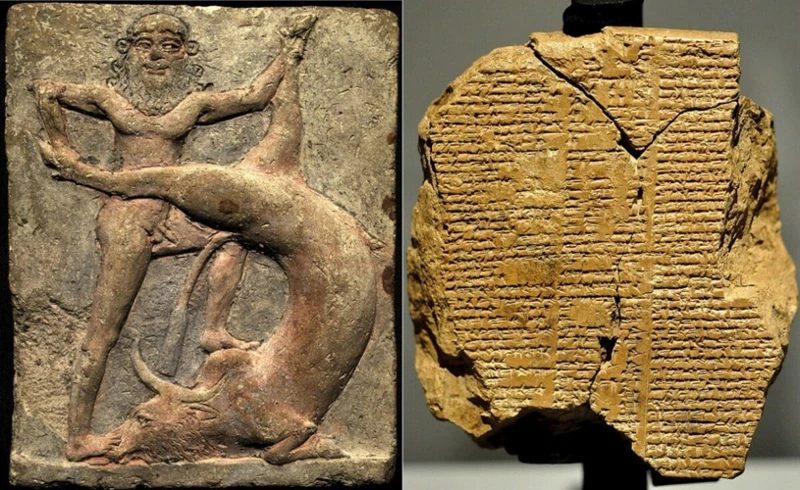
The Epic of Gilgamesh, often regarded as one of the earliest known works of literature, is a remarkable tale that originated in ancient Mesopotamia. Composed in the Akkadian language, this epic follows the adventures of Gilgamesh, the king of Uruk. The story revolves around Gilgamesh’s quest for immortality after the death of his beloved friend, Enkidu. Filled with vivid imagery, epic battles, and encounters with gods and mythical creatures, the epic showcases the themes of friendship, mortality, and the search for meaning in life. Through its narrative, the Epic of Gilgamesh offers a window into the values, beliefs, and societal structure of ancient Mesopotamia. It also serves as a valuable historical and cultural document, shedding light on the mythological traditions that shaped the ancient world. The epic’s exploration of the human condition and its universal themes continue to resonate with readers today, making it a timeless masterpiece of ancient literature.
Gods of Heaven
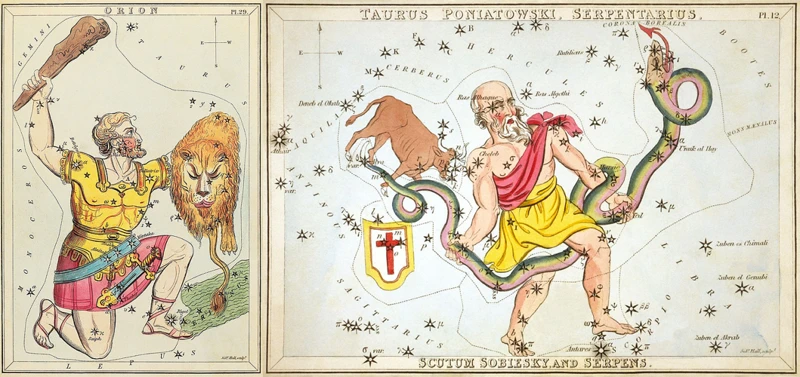
The Gods of Heaven held a prominent position in Mesopotamian mythology, ruling over the celestial realms and exerting their influence on the mortal world. Among these deities, Anu stood as the supreme ruler, known for his wisdom and divine authority. As the father of the gods, Anu was revered for his role in maintaining order and justice. Alongside Anu, Enlil, the god of wind and storms, commanded the forces of nature, bringing both blessings and destruction. Ishtar, the goddess of love and war, captivated the hearts of mortals and possessed great power in both realms. Her complex personality highlighted the duality of her nature, embodying both passion and ferocity. These gods, with their distinct attributes and responsibilities, formed a celestial pantheon that shaped the daily lives and beliefs of the ancient Mesopotamians. Their stories and legends provided a framework for understanding the world and the forces that governed it.
Anu: The Ruler of the Gods
Anu, known as the “Ruler of the Gods,” holds a prominent position in Mesopotamian mythology. As the ancient Mesopotamian sky god, Anu presided over the heavens and governed the celestial realm. He was highly revered and considered the father of the gods and the ultimate source of authority. Anu’s role extended beyond divine rulership; he also played a significant part in the cosmic order and maintained the balance between heaven and earth. In many mythological accounts, Anu is depicted as a wise and just deity, serving as an arbiter in disputes among the gods. He was often associated with divine kingship and his blessings were sought by rulers for their legitimacy and success. While Anu’s worship declined over time, his significance in Mesopotamian mythology left a lasting impact on the culture and belief systems of the ancient world. Through his portrayal as the powerful ruler of the gods, Anu symbolized the connection between mortal and divine realms, highlighting the enduring importance of divine intervention in human affairs.
Enlil: God of Wind and Storms
Enlil, the god of wind and storms in the Mesopotamian pantheon, holds a significant role within the mythology of ancient Mesopotamia. Regarded as one of the supreme deities, Enlil was believed to possess immense power over the forces of nature. As the god of wind, his breath could either bring forth gentle breezes or unleash destructive storms upon the earth. Enlil’s dominion over such natural phenomena made him a revered and feared figure among the people of Mesopotamia. He was often depicted with a crown or headdress symbolizing his authority as the ruler of the gods. Enlil also played a crucial role in the Epic of Gilgamesh, where he is depicted as a wise and just deity. However, his power and influence were not without limits. Enlil could be capricious and temperamental, occasionally bringing disaster upon humanity when angered. Despite this, he was also seen as a protector, offering guidance and support to those who worshipped him. In the complex tapestry of Mesopotamian mythology, Enlil’s role as the god of wind and storms served as a reminder of both the grandeur and unpredictability of nature itself, and his significance can still be seen in the cultural and religious practices of the ancient Mesopotamians.
Ishtar: Goddess of Love and War
Ishtar, the goddess of love and war, holds a prominent place in Mesopotamian mythology. Known as Inanna in earlier Sumerian mythology, Ishtar is a complex deity representing a range of attributes and powers. She is associated with love, beauty, fertility, war, and divine justice. Ishtar’s dual nature embodies the dichotomy of life, which encompasses both creation and destruction. As the goddess of love, she presides over romantic relationships and desires, symbolizing passion and sensuality. However, Ishtar also possesses a fierce and vengeful side, where she can unleash devastation and bring about war and destruction. This duality is reflected in her representation, often depicted as a voluptuous goddess emanating both allure and power. Ishtar’s realm of influence extends beyond mortal affairs, as she holds sway over cosmic forces, ensuring the fertility of the land and the prosperity of civilizations. She is associated with the planet Venus, further enhancing her connection to love and beauty. However, Ishtar’s reputation is not without flaws, as her impulsive nature and pursuit of power sometimes lead to disastrous consequences. Her descent into the underworld, as depicted in the Descent of Ishtar, showcases her arrogance and the resulting trials she faces. Nevertheless, Ishtar remains an iconic figure in Mesopotamian mythology, embodying the complexities of human nature and the dynamic balance between love and war.
Gods of Earth
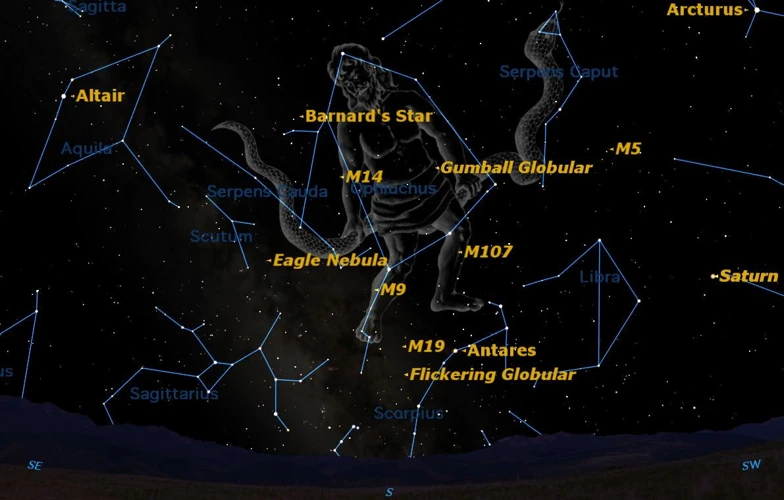
In Mesopotamian mythology, the Gods of Earth held significant power and played vital roles in shaping the world and the lives of its inhabitants. Among these deities were Enki, the God of Fresh Waters and Wisdom, who was revered as the great source of knowledge and creator of humankind. Ninhursag, the Mother Goddess and Fertility Deity, was venerated for her role in childbirth and the nurturing of life. Additionally, Marduk, the Supreme God of Babylon, gained prominence as the patron deity of the city and the champion of order over chaos. Each of these gods possessed unique attributes and held important positions within the Mesopotamian pantheon. The worship and reverence of these Earth gods reflect the civilization’s profound connections to nature, fertility, and the cycles of life. Through their myths and legends, the Gods of Earth played a vital role in shaping the ancient Mesopotamian worldview and continue to inspire fascination and exploration in modern times.
Enki: God of Fresh Waters and Wisdom
Enki, the esteemed god of fresh waters and wisdom in Mesopotamian mythology, holds a prominent place within the pantheon. Known as Ea in Akkadian mythology, Enki is depicted as a benevolent deity associated with both intellectual and physical nourishment. As the god of freshwater springs, rivers, and the subterranean waters that sustain life, Enki’s domain encompasses the essential resource that ensures fertility and prosperity. In addition to his role as a provider of waters, Enki is highly revered for his great wisdom and intellectual prowess. He is often depicted as a wise and crafty figure who possesses vast knowledge and the ability to decipher dreams and symbols. Enki’s wisdom is showcased in various myths, particularly in his involvement in the creation of mankind and his aid to humanity in times of crisis. According to one myth, Enki played a pivotal role in thwarting the flood sent by the wrathful gods by secretly informing Ziusudra, the Mesopotamian Noah, about their plans. Enki’s association with wisdom and life-giving waters mirrors the interdependence of knowledge and sustenance in ancient Mesopotamian society. His influence highlighted the profound understanding of the importance of water and its connection to the prosperity and survival of civilization. Through his multifaceted nature as a nurturer of life and a purveyor of wisdom, Enki played a pivotal role in the intricate tapestry of Mesopotamian belief systems.
Ninhursag: Mother Goddess and Fertility Deity
Ninhursag, also known as Ninmah or Nintu, is a prominent figure in Mesopotamian mythology, revered as the Mother Goddess and Fertility Deity. In the pantheon of gods and goddesses, Ninhursag holds a vital role as the creator of all living beings and the source of fertility. Depicted as a compassionate and nurturing figure, she is often associated with the earth and its bountiful resources. Ninhursag is believed to have shaped humanity from clay and breathed life into them, working alongside her consort, Enki, the god of wisdom. She is closely linked to the cycle of life, overseeing childbirth, nurturing infants, and ensuring the continuation of the human species. As the embodiment of fertility, Ninhursag was also associated with the growth of crops and the abundance of the land. Her divine presence and blessings were crucial for the prosperity and well-being of civilizations in ancient Mesopotamia. Ninhursag’s influence extended beyond her role as a fertility deity, as she was also revered as a wise and healing goddess. She had knowledge of herbal medicine and was believed to possess the power to cure ailments and bring about healing. Her connection to herbal medicine made her a significant figure in the realm of health and well-being. The worship of Ninhursag and the recognition of the importance of fertility and nurturing aspects of life were central to the religious and social fabric of Mesopotamian society. Her enduring presence in the mythological traditions of the region highlights the deep reverence and awe that the ancient Mesopotamians held for the life-giving forces of nature. [You can learn more about the benefits of herbal medicine and its connection to Mesopotamian healing traditions here.]
Marduk: Supreme God of Babylon
Marduk, the supreme god of Babylon, holds a significant place in Mesopotamian mythology. He emerged as the patron deity of the city of Babylon and eventually became the chief god of the Babylonian pantheon. Marduk’s rise to prominence is closely linked to the Enuma Elish, the Babylonian creation myth, where he plays a central role in defeating the chaotic primordial goddess, Tiamat. Described as a powerful and authoritative figure, Marduk is often depicted with a horned crown and holding a thunderbolt. He embodies attributes such as wisdom, justice, and bravery, making him highly revered by the Babylonian people. Marduk’s temple, known as the Esagila, was a vital center of religious worship and political power in ancient Babylon. The prominence of Marduk in Babylonian mythology influenced the development of beliefs and rituals within the region, solidifying his position as a paramount deity. His significance extended beyond Babylon, as evidenced by his assimilation into the Assyrian pantheon as well. The legacy of Marduk as the supreme god of Babylon permeates throughout Mesopotamian mythology and highlights the importance of his worship in the ancient world.
Creation Myths
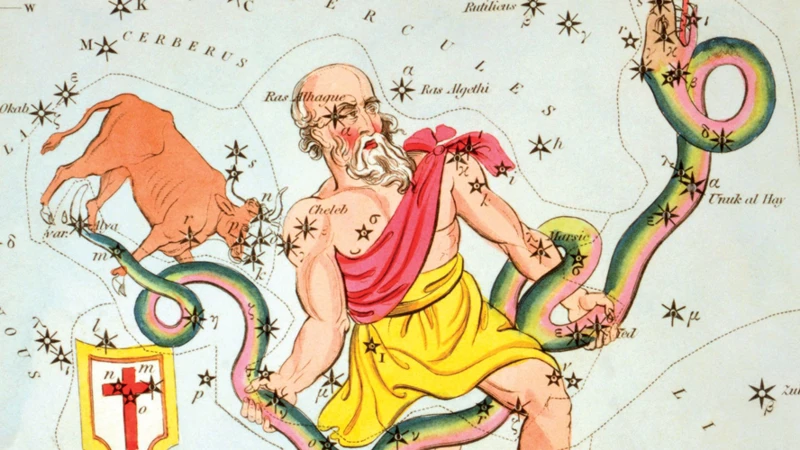
Creation myths play a significant role in Mesopotamian mythology, providing explanations for the origins of the world and humans. One of the most prominent creation myths is the Enuma Elish, which depicts a battle between the gods and primordial forces. According to this myth, the god Marduk emerges as the supreme deity, vanquishing the chaos dragon Tiamat and using her body to create the heavens and earth. Another creation myth, the Atrahasis, tells the story of how the gods created humans out of clay and infused them with the breath of life. These myths not only offer mythical explanations for the creation of the cosmos but also reflect the worldview and values of the Mesopotamian civilization. They highlight the divine hierarchy, the power struggles between gods, and the human role in serving the deities. These creation myths provide a glimpse into the ancient Mesopotamians’ awe-inspiring attempts to understand and interpret the mysteries of existence.
Demons and Monsters
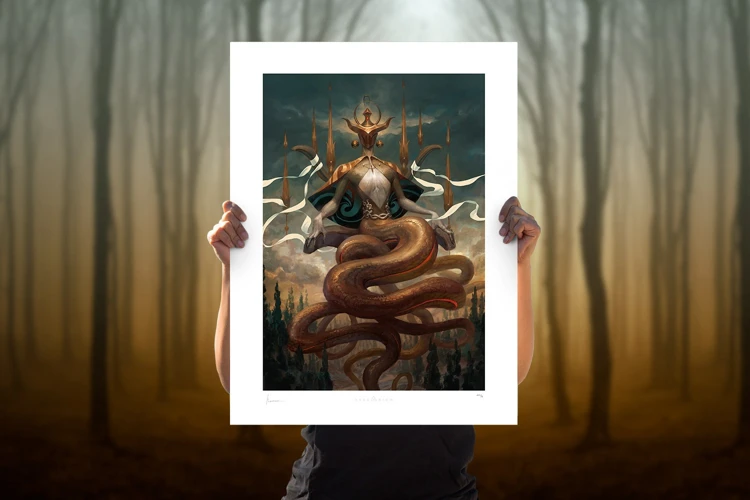
Demons and monsters held a significant place in Mesopotamian mythology, adding an element of suspense and fear to the ancient tales. One notable creature is the demon Humbaba, who appears in the Epic of Gilgamesh as the guardian of the Cedar Forest. Humbaba is depicted as a fearsome creature with seven layers of armor, terrifying features, and a voice that can shake the mountains. Another notable monster is the Bull of Heaven, sent by the goddess Ishtar to punish Gilgamesh for rejecting her advances. This powerful creature wreaks havoc on the land with its mighty strength and unstoppable rampage. Additionally, the deity Pazuzu is often portrayed as a demon who brings famine, drought, and disease, but also has the ability to ward off other evil spirits. Pazuzu’s frightful appearance with his snarling face, wings, and talons serves as a symbol of protection against malevolent forces. These demons and monsters not only created suspense and tension in the mythological narratives but also represented the eternal struggle between gods and humans in Mesopotamian culture. They embodied the dangers and challenges that individuals faced in their journeys, both literally and metaphorically.
Sumerian vs. Akkadian Mythology
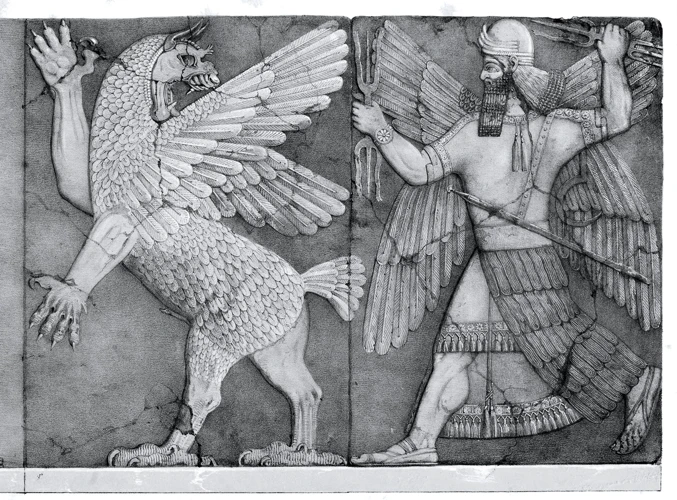
Sumerian and Akkadian mythologies are two distinct belief systems that coexisted in ancient Mesopotamia. While they share some similarities due to cultural exchange, they also exhibit significant differences in terms of mythology and religious practices. Sumerian mythology, the older of the two, revolves around a pantheon of gods called the Anunnaki, who were believed to control various aspects of life. The Sumerians placed great importance on fertility and agriculture, considering the goddess Inanna as the queen of heaven and earth. On the other hand, Akkadian mythology, influenced by the Semitic-speaking Akkadians, developed its own set of deities with different attributes and roles. For instance, the Akkadian pantheon emphasized the supreme god Marduk, who rose to power during the time of Babylon. One significant difference between the two mythologies lies in their creation stories, with the Sumerians describing the creation of the universe through the union of the primordial deities, while the Akkadians expressed a more complex cosmogony involving a series of generations of gods. Despite their differences, both mythologies reflect the rich cultural heritage of the peoples of Mesopotamia, expressing their beliefs, values, and understanding of the world around them.
Influence on Other Mythologies
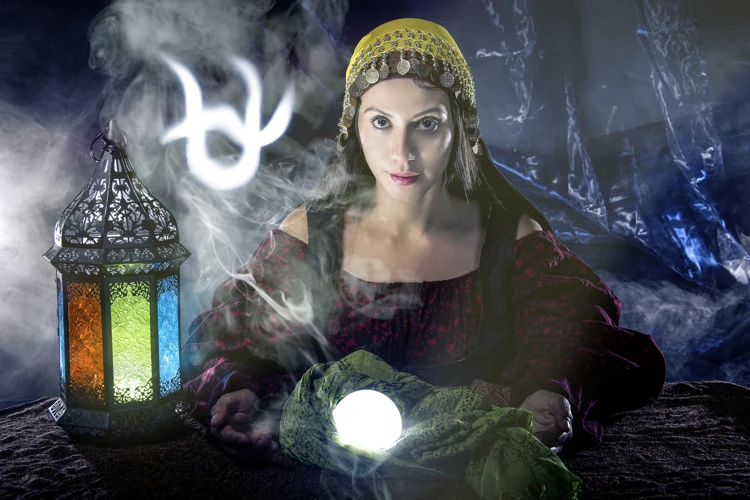
The mesmerizing mythology of Mesopotamia, particularly the epic tales and divine pantheon of gods, exerted a profound influence on other mythological systems throughout history. One notable example is the impact it had on Greek mythology. The parallels between the Mesopotamian deities and their Greek counterparts are striking. For instance, the god Enlil bears resemblance to Zeus, both being considered as the supreme rulers of their respective pantheons. Similarly, the goddess Ishtar shares similarities with Aphrodite, both being associated with love and beauty. These connections highlight the diffusion of mythological motifs and archetypes across cultures, illustrating the interconnectedness of ancient civilizations. Mesopotamian myths influenced the religious beliefs of neighboring regions such as Canaan, Egypt, and Persia. The Babylonian creation story, the Enuma Elish, is believed to have influenced the creation narrative found in the Hebrew Bible. Additionally, the concept of a great flood and the hero who survives it, as seen in the Epic of Gilgamesh, bears resemblance to the story of Noah’s Ark in Judeo-Christian traditions. The wide-reaching influence of Mesopotamian mythology is a testament to its enduring appeal and the profound impact it had on the development of religious and cultural beliefs throughout the ancient world.
Conclusion
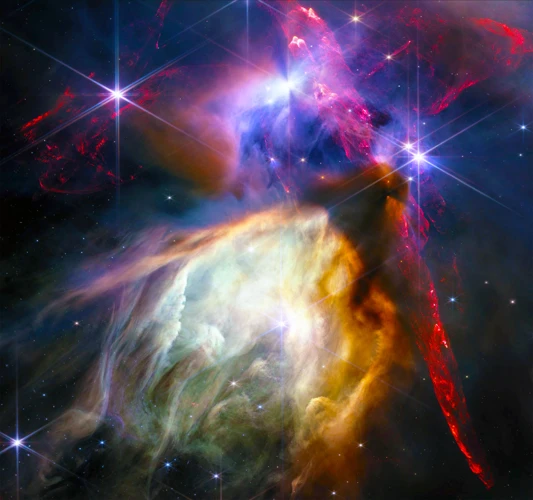
In conclusion, the study of Mesopotamian mythology and its various facets, including the Epic of Gilgamesh, the gods of heaven and earth, creation myths, demons and monsters, and the influence on other mythologies, provides us with a fascinating glimpse into the ancient world. The rich tapestry of stories, beliefs, and traditions reveals the complex nature of Mesopotamian society and its deep connection to the supernatural realm. Through the epic tales and mythological narratives, we gain insights into the values, fears, and aspirations of the people who inhabited this ancient civilization. The Epic of Gilgamesh, in particular, stands as a testament to the enduring power of myth and the timeless themes that continue to resonate with humanity. As we explore the gods and goddesses, creation myths, and the intricate web of supernatural beings, we discover the intricate tapestry of beliefs that shaped the cultural landscape of Mesopotamia. While the civilization may have long faded into the annals of history, its mythology lives on, influencing and inspiring countless generations to come. The enigmatic origins of Mesopotamian mythology continue to captivate and intrigue, reminding us of the profound and enduring power of storytelling in shaping our understanding of the world around us.
Frequently Asked Questions
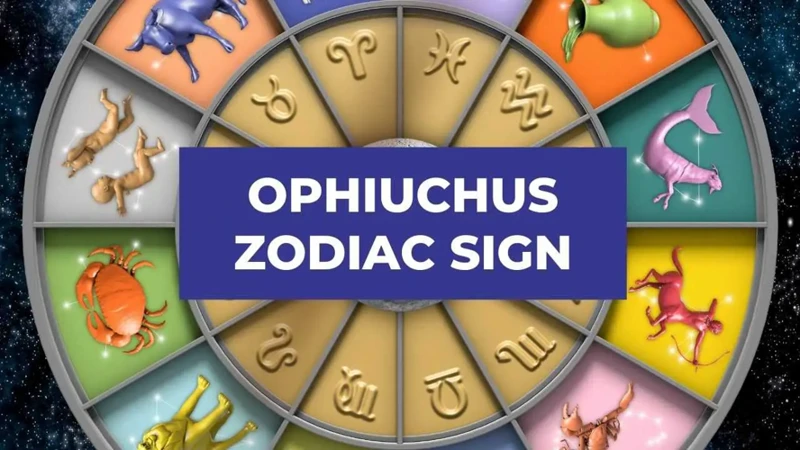
1. What is the significance of the Epic of Gilgamesh?
The Epic of Gilgamesh holds great significance as it is considered one of the earliest surviving works of literature in human history. It provides valuable insights into the ancient Mesopotamian culture, their beliefs, and their worldview.
2. Was Gilgamesh a real historical figure?
Gilgamesh was a legendary figure, and while some elements of the story may be based on historical figures or events, it is difficult to determine the extent of their accuracy. The epic is believed to be a combination of mythology and historical elements.
3. What are the major themes explored in the Epic of Gilgamesh?
The major themes in the epic include the quest for immortality, the nature of friendship, the power of love, and the inevitability of death. These themes resonate with readers across time and have enduring relevance.
4. Who is Enkidu, and what role does he play in the story?
Enkidu is a central character in the Epic of Gilgamesh. He begins as a wild man but later becomes Gilgamesh’s faithful companion. Enkidu’s friendship with Gilgamesh drives the narrative and serves as a catalyst for Gilgamesh’s personal growth and transformation.
5. How does the story of Gilgamesh compare to other ancient myths?
The story of Gilgamesh shares similarities with other ancient myths, such as the flood narrative found in the Epic of Gilgamesh and the biblical story of Noah’s Ark. These parallels hint at the common threads of human storytelling and the universal concerns of ancient civilizations.
6. Are there any moral lessons or teachings in the Epic of Gilgamesh?
Yes, the epic imparts several moral lessons, such as the importance of appreciating life’s fleeting nature, the value of friendship and human connection, and the futility of seeking eternal life at the expense of living a meaningful existence.
7. Were there multiple versions of the Epic of Gilgamesh?
Yes, there were multiple versions of the epic discovered from different periods and regions. These variations offer insights into the dynamic nature of the story’s transmission and adaptation across time and place.
8. How did the Epic of Gilgamesh influence later literature and mythology?
The Epic of Gilgamesh had a profound influence on later literatures and mythologies, with echoes of its themes, motifs, and characters found in ancient Greek epics like Homer’s Iliad and Odyssey, and even in biblical texts.
9. What archaeological discoveries have shed light on the Epic of Gilgamesh?
Archaeological discoveries, such as the recovery of cuneiform tablets from ancient Mesopotamian sites, including the library of Assyrian king Ashurbanipal, have provided significant insights into the Epic of Gilgamesh and its various versions.
10. Is there a moral of the story in the Epic of Gilgamesh?
While the epic doesn’t explicitly state a single moral of the story, it encourages readers to contemplate the importance of embracing mortality, valuing human connections, and leading a purposeful life in the face of our mortality.
References
Frequently Asked Questions

1. How old is Mesopotamian mythology?
Mesopotamian mythology dates back to at least the 3rd millennium BC, making it one of the oldest recorded mythologies in human history.
2. What is the significance of the Epic of Gilgamesh?
The Epic of Gilgamesh is an ancient Mesopotamian poem that offers insight into Mesopotamian culture, beliefs, and values. It explores themes of mortality, friendship, and the quest for immortality.
3. Who were the main gods of heaven in Mesopotamian mythology?
The main gods of heaven in Mesopotamian mythology were Anu, Enlil, and Ishtar. Anu was the ruler of the gods, Enlil was the god of wind and storms, and Ishtar was the goddess of love and war.
4. What role did Enki play in Mesopotamian mythology?
Enki was the god of fresh waters and wisdom in Mesopotamian mythology. He was associated with knowledge, creation, and the health of crops and livestock.
5. Who was Ninhursag in Mesopotamian mythology?
Ninhursag was a mother goddess and fertility deity in Mesopotamian mythology. She was often depicted as a nurturing figure associated with the earth and the growth of plants.
6. Who was Marduk and why was he significant?
Marduk was the supreme god of Babylon in Mesopotamian mythology. He was a powerful deity associated with creation and victory in battle. Marduk’s rise to prominence reflected the political and cultural dominance of Babylon.
7. What were the creation myths in Mesopotamian mythology?
There were several creation myths in Mesopotamian mythology. One prominent myth involves the god Marduk defeating the chaos dragon Tiamat and using her body to create the world. Another myth depicts the god Enki and the goddess Ninhursag as creators of humanity.
8. What kinds of demons and monsters were found in Mesopotamian mythology?
Mesopotamian mythology featured various demons and monsters, including the demoness Lilith, who was associated with infertility and illness. Other creatures included the monstrous bull-man known as the Lamassu and the serpent-like dragon called Mushussu.
9. What is the difference between Sumerian and Akkadian mythology?
Sumerian mythology predates Akkadian mythology and influenced its development. Sumerian mythology focused on a pantheon of gods and goddesses closely tied to the city-states of ancient Sumer. Akkadian mythology, on the other hand, was more centralized and featured a supreme god, Marduk.
10. How did Mesopotamian mythology influence other mythologies?
Mesopotamian mythology had a significant influence on the mythologies of neighboring civilizations, such as the Canaanite, Hittite, and Assyrian mythologies. It contributed to the development of cosmology, creation myths, and the concept of divine rulership in these cultures.
References
- Gilgamesh, the Cedar Forest and Mesopotamian History
- Gilgamesh – Origin Story (Mesopotamian mythology) – YouTube
- Enigmatic Connections: Enoch’s Mesopotamian Influences






